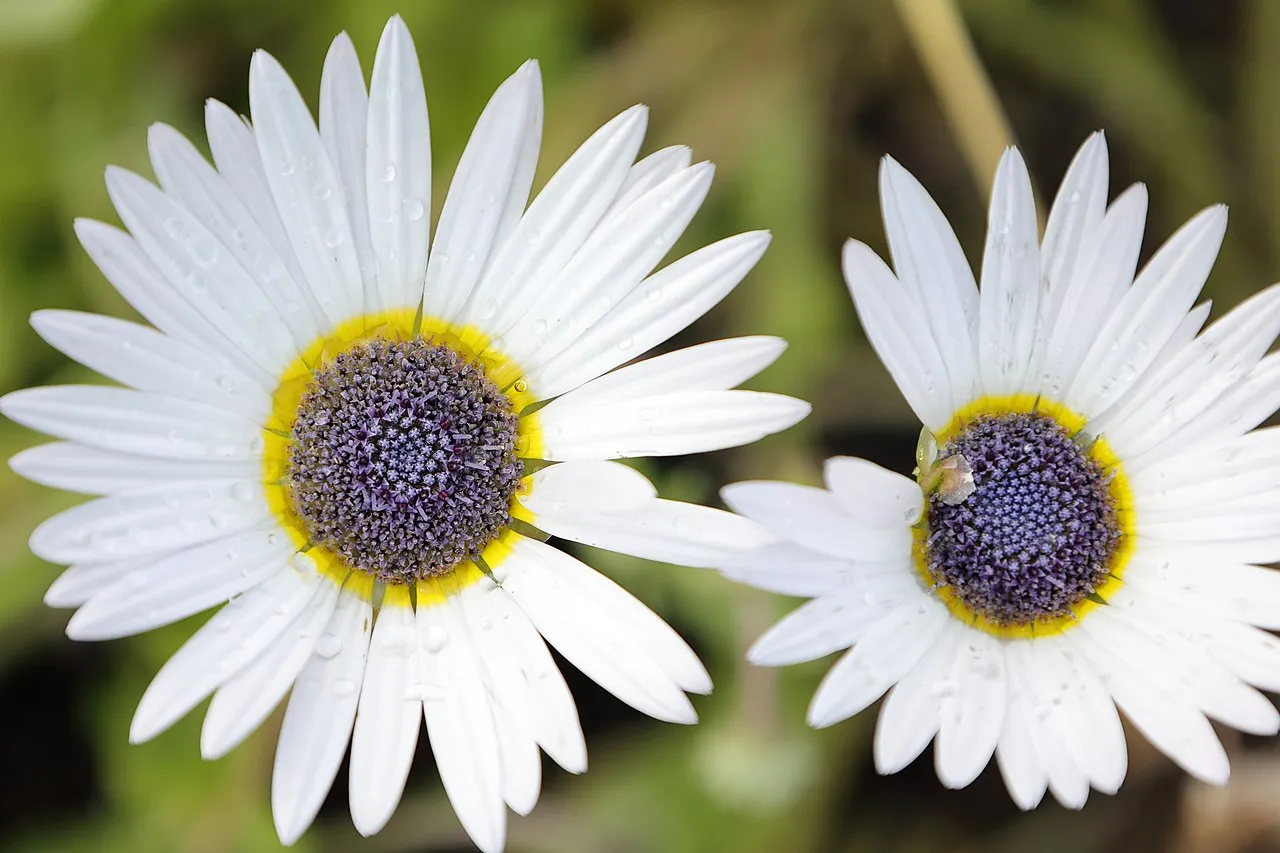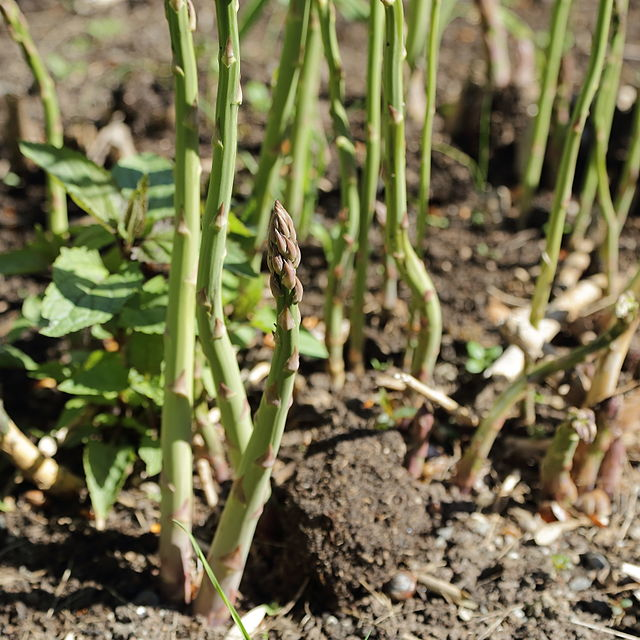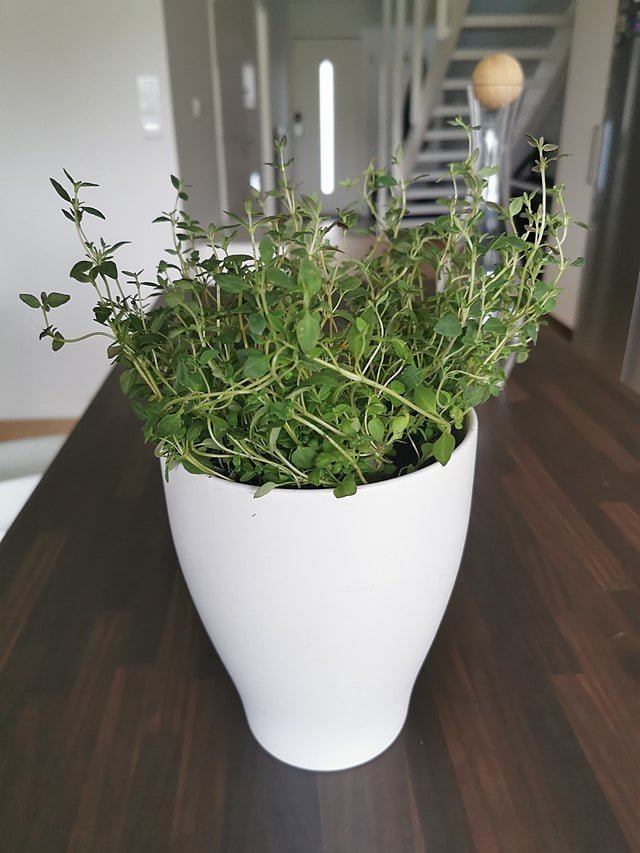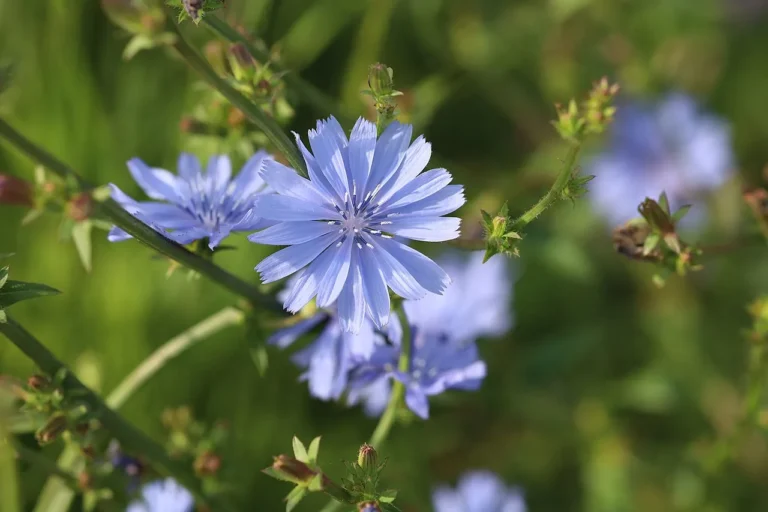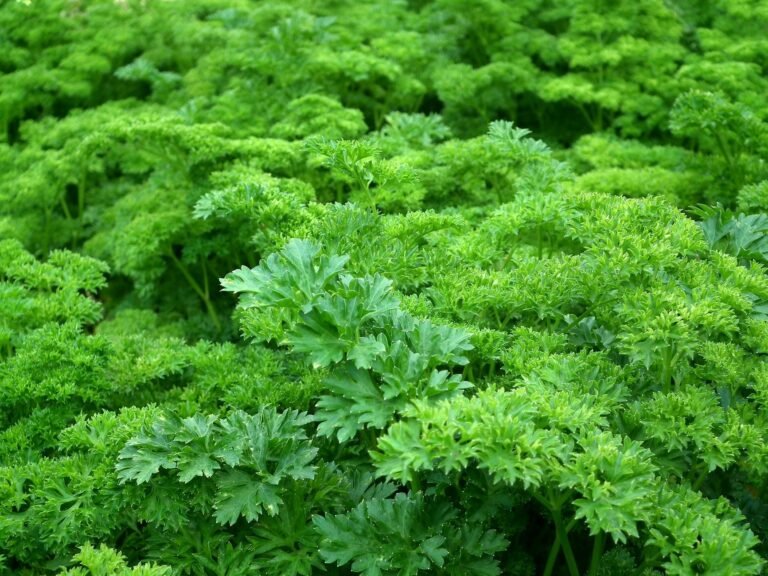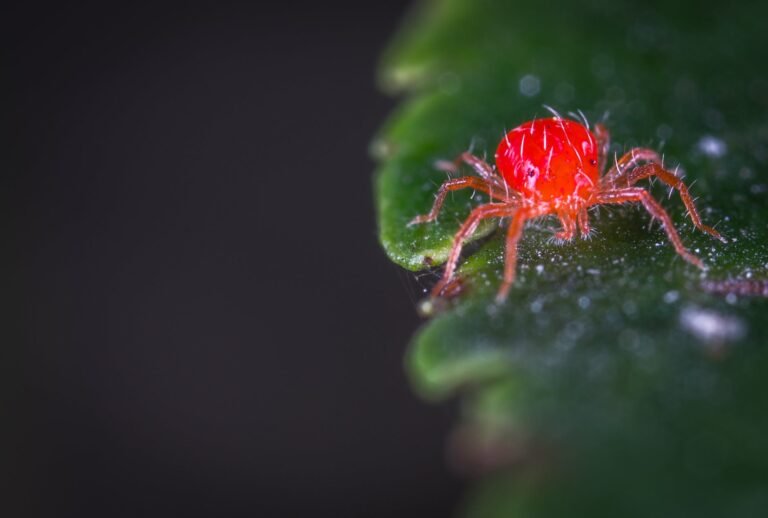Cultivating African Daisy: A Guide to Vibrant Blooms
African daisy (Osteospermum) captivates gardeners and onlookers with its dazzling array of colours and striking flower forms. Native to South Africa, these hardy plants bring a touch of the exotic to gardens, containers, and landscapes. With blooms ranging from pure whites to deep purples, and even multicoloured varieties, African daisies can provide a continuous display of beauty from spring through fall. This guide will walk you through the essentials of growing African daisies, ensuring a vibrant and flourishing display in your garden.
{“headings”:[{“key”:”453e6564-7f89-4849-b875-2c871fc31025″,”content”:”What is an African Daisy?”,”level”:2,”link”:”#what-is-an-african-daisy”,”disable”:false,”isUpdated”:false,”isGeneratedLink”:true},{“key”:”e9a7e098-347e-489c-aed9-c504bb350815″,”content”:”How to Grow African Daisy”,”level”:2,”link”:”#how-to-grow-african-daisy”,”disable”:false,”isUpdated”:false,”isGeneratedLink”:true},{“key”:”dbf9c541-a8c1-4487-a296-c4833ed189fb”,”content”:”Planting African Daisy”,”level”:3,”link”:”#planting-african-daisy”,”disable”:false,”isUpdated”:false,”isGeneratedLink”:true},{“key”:”844d41a2-23cf-4a2b-97f6-6b9d4cd592aa”,”content”:”Care and Maintenance”,”level”:3,”link”:”#care-and-maintenance”,”disable”:false,”isUpdated”:false,”isGeneratedLink”:true},{“key”:”2df81db0-6b87-448e-8e5d-8e44eefaceb5″,”content”:”Common Pests and Diseases”,”level”:3,”link”:”#common-pests-and-diseases”,”disable”:false,”isUpdated”:false,”isGeneratedLink”:true},{“key”:”0b003ded-2586-4fd1-8437-0679d520dc4c”,”content”:”African Daisy Varieties”,”level”:2,”link”:”#african-daisy-varieties”,”disable”:false,”isUpdated”:false,”isGeneratedLink”:true},{“key”:”3580499b-70ce-496c-98e0-9c8866b6bd58″,”content”:”Final Thoughts”,”level”:2,”link”:”#final-thoughts”,”disable”:false,”isUpdated”:false,”isGeneratedLink”:true}],”listStyle”:”ul”} –>What is an African Daisy?
African daisy, belonging to the genus Osteospermum, is a group of flowering plants known for their daisy-like appearance and tolerance of various growing conditions. These perennials, often grown as annuals in cooler climates, feature spoon-shaped petals and a central disc, resembling traditional daisies but with a wider colour palette and longer blooming period.
How to Grow African Daisy
Planting African Daisy
- Choosing a Location: African daisies thrive in full sun and well-drained soil. Select a site that receives at least 6-8 hours of sunlight daily to encourage maximum flowering.
- Soil Preparation: These flowers prefer slightly acidic to neutral soil (pH 6.0-7.5). Amend heavy clay or sandy soil with compost or well-rotted manure to improve drainage and fertility.
- Planting: For cooler regions, start seeds indoors 6-8 weeks before the last frost date. In warmer climates, sow seeds directly into the garden or plant nursery-grown seedlings after the danger of frost has passed. Space plants about 12-18 inches apart to allow for air circulation and growth.
Care and Maintenance
- Watering: Keep the soil consistently moist, especially during hot, dry periods. However, avoid overwatering to prevent root rot.
- Feeding: Apply a balanced, slow-release fertilizer at planting time, followed by a liquid fertilizer every 4-6 weeks during the growing season to support continuous blooming.
- Deadheading and Pruning: Regularly remove spent flowers (deadheading) to encourage new blooms. Light pruning of leggy stems can also promote bushier growth.
Common Pests and Diseases
African daisies are relatively resistant to pests and diseases, but watch out for common issues like aphids and powdery mildew. Control aphids with insecticidal soap and manage fungal diseases by ensuring good air circulation and avoiding overhead watering.
African Daisy Varieties

With a range of varieties available, you can choose African daisies that best fit your garden’s aesthetic. Some popular varieties include:
- ‘Soprano’: Known for its large, white flowers with purple centers.
- ‘Sunny Mary’: Features bright yellow petals that fade to orange at the base.
- ‘Zion Copper Amethyst’: Offers stunning copper-coloured petals with deep purple undersides.
Final Thoughts
Growing African daisies adds a burst of colour and interest to any garden setting. Their easy care, drought tolerance, and long blooming season make them a favourite among gardeners looking for reliable and stunning floral displays. By following the tips in this guide, you can enjoy the vibrant beauty of African daisies throughout the growing season.

